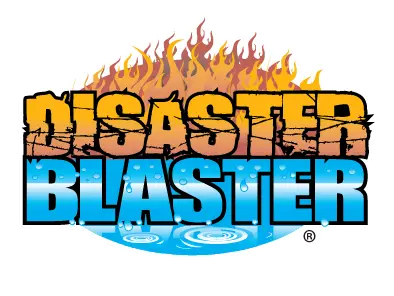
Having your home insulated with spray foam insulation may seem like a great investment promising improved energy efficiency and lower heating and cooling costs, but there is a dark side to spray foam insulation that many property owners aren’t aware of.
Instead of an investment that improves the lives of you and your family, could you be unwittingly contaminating your home with hazardous chemicals?
While the benefits of effective insulation are well known, what isn’t talked enough about are the risks should things go wrong. Here are a few things to consider!
What is spray foam insulation?
Spray foam insulation is a composite material that’s applied on-site to insulate buildings and seal cracks and gaps. It’s generally made from two chemicals that react together and create a foam that dries in place. The foam conforms to the surfaces it is applied to, creating a tight building envelope that can improve energy efficiency, reduce air infiltration, and limit noise.
What makes spray foam insulation hazardous?
In a word, chemicals. While there are different types of spray foam insulation, they are all essentially a mixture of a variety of chemicals that react to expand and provide the insulation benefit. Some chemicals commonly used in spray foam insulation are recognized as being quite toxic, with a number of them being illegal to use in other countries such as Canada, where spray foam has become a serious issue.
Introducing chemicals into your home can reduce air quality and expose you and your family to these potentially hazardous chemicals.
How hazardous is spray foam insulation?
Depending on the type of spray foam insulation and the chemicals in it, spray foam insulation can be extremely hazardous. While many toxic chemicals have been outlawed in other countries, they remain legal in the United States, which can present a serious risk to health for building occupants.
Some common health effects linked to exposure to spray foam insulation chemicals includes skin and respiratory problems such as lung irritation, sensitization, coughing, wheezing, shortness of breath, tightness in the chest, and asthma. Developing children have been shown to be more likely to develop long-term respiratory issues from prolonged exposure to environmental factors.
As it’s difficult to know what chemicals are being used or the potential health reactions that you and your family may experience, the potential health hazards of exposure to improperly cured spray foam insulation can be difficult to define.
What causes spray foam insulation to become hazardous?
After spray foam insulation is applied, it takes time for it to dry properly and cure, and during the time that the product is wet, it can release VOCs and hazardous chemicals into the air. This is why you’re generally advised to leave the home for several hours while they are applying the spray foam insulation. This allows the spray foam time to cure before you return home, but sometimes it doesn’t cure properly.
If, for example, the spray foam is mixed improperly, applied improperly, applied to cavities with insufficient airflow such as inside existing walls, or the contractor uses expired product, the spray foam insulation may not cure at all and may continue to release dangerous VOCs and chemicals into the air. We have been involved in projects where air quality tests still showed extremely high chemical levels more than a year after the spray foam insulation was applied!
How do you know if your spray foam insulation didn’t cure properly?
One of the most obvious signs of a spray foam project gone wrong is a “fishy” or chemical odor that persists beyond a few hours. This indicates that the spray foam insulation is still off gassing, and as a result releasing potentially harmful chemicals into your home. What’s worse is that depending on why this is occurring, the spray foam may not cure at all, leading to a problem that may not be resolved without proper remediation. It’s not uncommon for homes with improperly applied or mixed spray foam insulation to smell for months or even years!
What happens if spray foam is applied or installed improperly?
Unfortunately, if spray foam insulation has been applied incorrectly, or doesn’t cure properly, the only solution is for a qualified Remediation Company to address the issue, which includes a thorough removal of the spray foam material from the property, detailed cleaning of structural materials that came in contact with the spray foam material, and air filtration.
This is an extremely detailed process that removes the hazard from your property and restores the quality of your indoor air so that the property is safe for you and your family.
While many spray foam insulation projects are completed without issue, for many the investment becomes a nightmare that upends their lives. These issues can be resolved by the qualified professionals at Disaster Blaster however, who are happy to evaluate your issue and develop a plan of action to ensure your home is safe again.
As always, if you have additional questions, or need assistance with Spray Foam Remediation please don’t hesitate to Contact Your Local Disaster Blaster. We’re always happy to help!
Interested in older news stories? Please see our News Archive.

